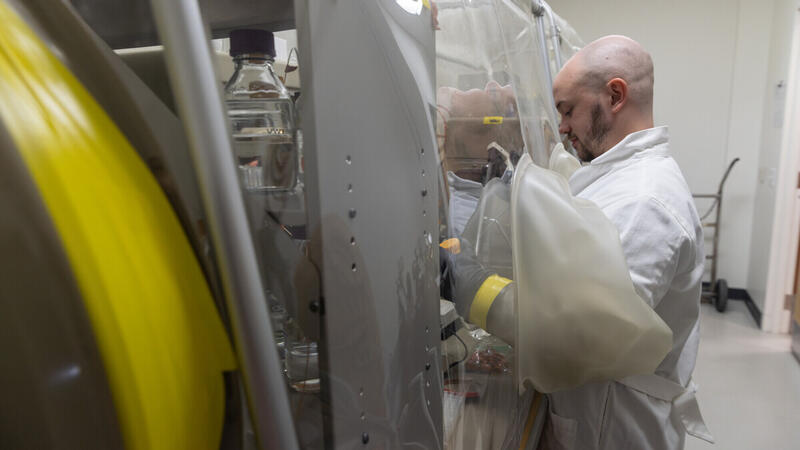News
Dual approaches pinpoint genes for better biofuel production
MADISON — A national research initiative announced today will place the University of Wisconsin–Madison at the forefront of a revolution in imaging fostered by cryo-electron microscopy and cryo-electron tomography — technologies that can illuminate life at the atomic scale.
The goal of replacing petroleum-based chemicals and fuels with plant-based products hinges on using as much of the plant matter as possible to keep costs and waste to a minimum.
On July 5, 2020, Karen and William Monfre Professor of Chemical and Biological Engineering Jennifer Reed passed away at age 41 after a protracted struggle with cancer. Reed’s passing is a tragic loss for the university and devastating for the colleagues, students, friends and family members who loved and respected her.
New research from the Great Lakes Bioenergy Research Center shows that a common component of plant cell walls may not be as essential for plant growth and development as previously thought. The findings suggest a new way to increase the content of desired sugars in crops engineered for producing biofuels.
In June, the W.K. Kellogg Biological Station welcomed—from an appropriate distance!—a new researcher to our community.
Fatty acids, the compounds that give a diet rich in leafy greens and fish its antioxidant and anti-inflammatory benefits, are now also heralded for their versatility as raw materials in bioenergy production.
Congratulations to Alexandra Kravchenko, GLBRC researcher and professor of plant, soil, and microbial sciences at Michigan State University, who was awarded the 2020 Don and Betty Kirkham Soil Physics Award by the





